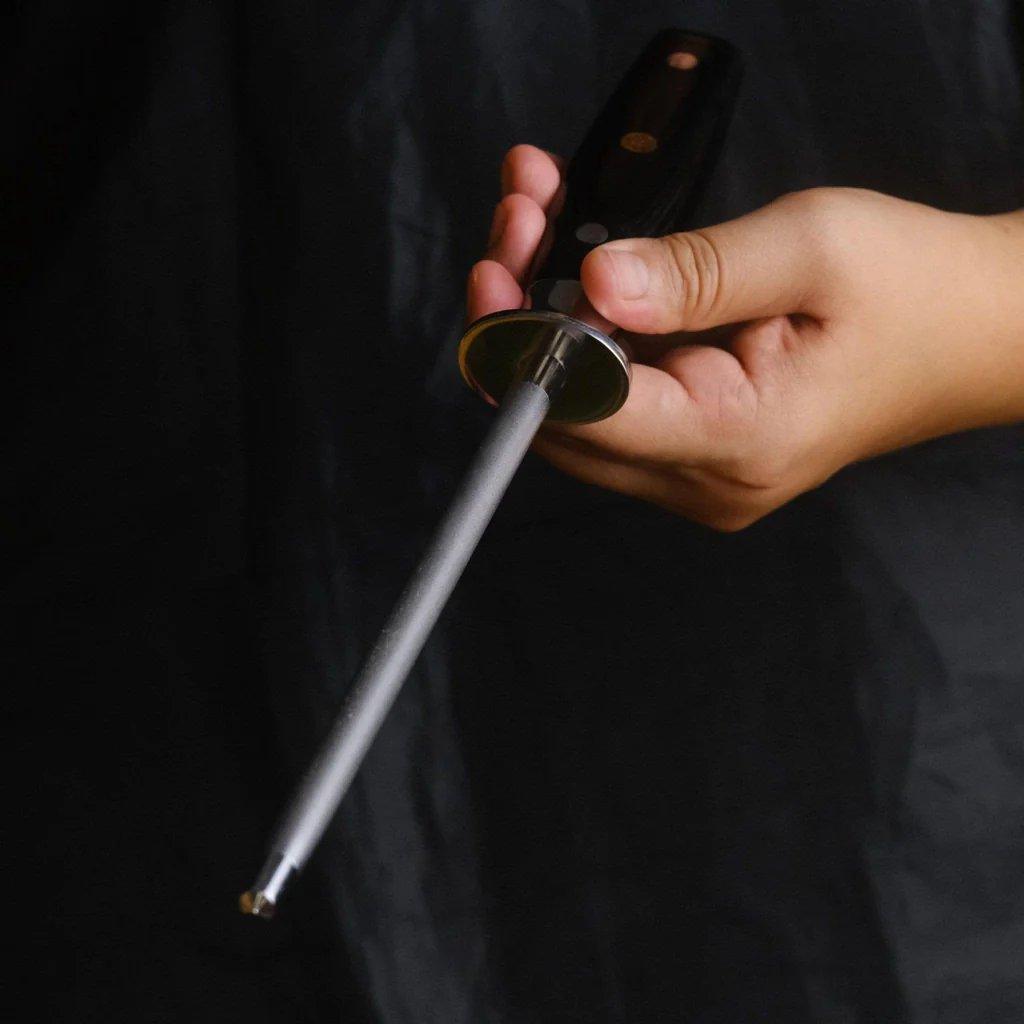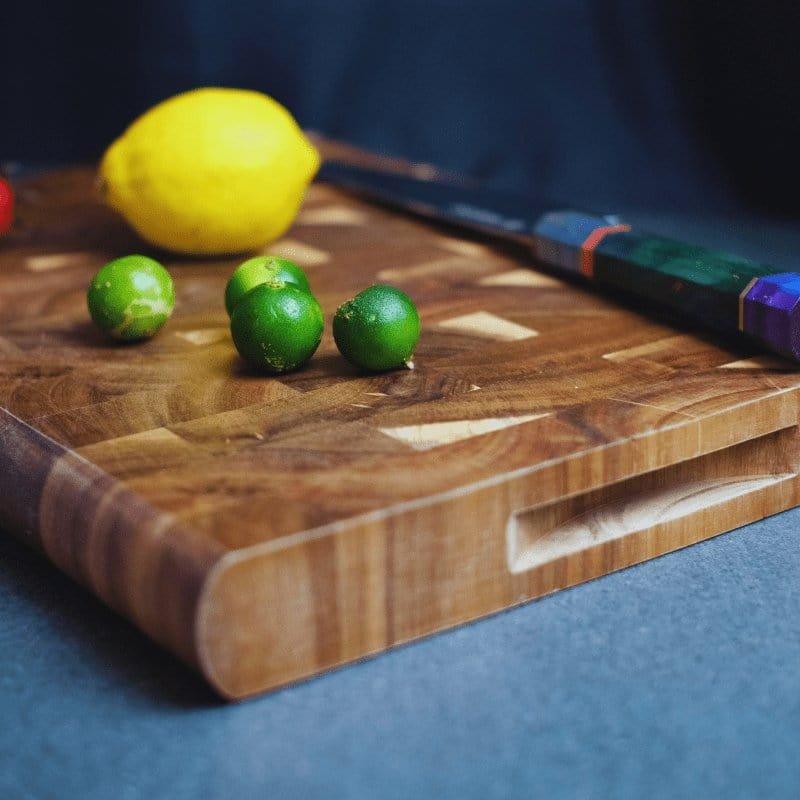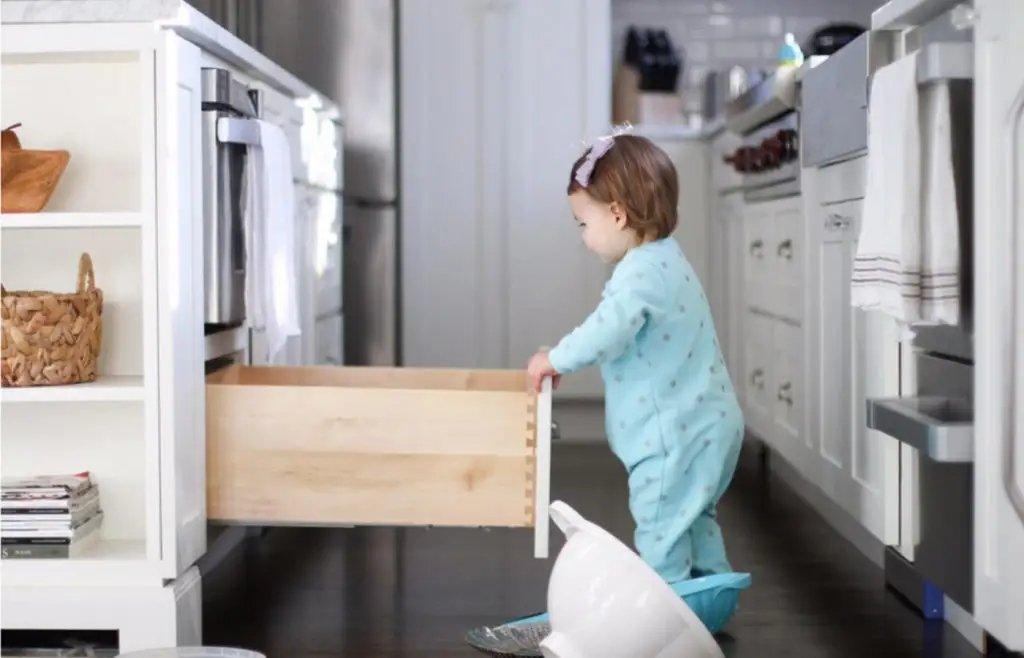Distinguishing Between
Honing and Sharpening

Definition & Purpose
Honing
Sharpening
Tools Used for Honing and Sharpening
Honing
-
Honing Rods (Sharpening Steels):Honing rods are long, cylindrical rods typically made of steel or ceramic. You may find these steel rods included in knife block sets. These sharpening steel rods made of durable hardened steel help maintain the blade's sharpness and realigning the edge of the knives.
-
Ceramic Rods: These rods offer a high level of hardness and can effectively hone ceramic blades. However, ceramic rods and knives are relatively brittle compared to their steel counterparts, so care must be taken to prevent damage during use.
Sharpening
Techniques

Honing
- Choose a honing rod suitable for your knife set. Options include ceramic, diamond, or steel rods. You need to make sure the honing rod is at least two inches longer than the longest knife in your set.
- Place a cutting board on a flat surface and position the honing rod at a right angle on top of the cutting board for stability.
- Determine the appropriate honing angle based on your knife type. German knives typically require a twenty-degree angle, while Japanese knives benefit from a ten- to fifteen-degree angle.
- Hold the knife at the chosen angle with your non-dominant hand and the honing rod with your dominant hand. With light pressure, slide the cutting edge down the honing rod, starting from the heel of the blade to the tip. Ensure the entire edge makes contact with the rod.
- Switch to the other side of the knife and repeat the sliding motion, maintaining the chosen angle. Ensure you repeat the movement the same number of times on both sides of the knife to maintain balance.
- After honing, check the sharpness of your knife by attempting to cut a piece of fruit or paper. If it struggles or requires more pressure than usual, it may need further honing. Repeat the honing process as needed until the knife cuts efficiently.
Sharpening
- Manual Sharpening with a Sharpener
- Electric Sharpener
- Sharpening on Bench Stones




Leave a comment
This site is protected by hCaptcha and the hCaptcha Privacy Policy and Terms of Service apply.